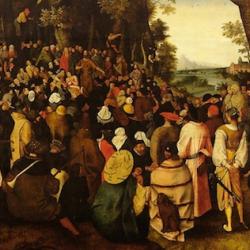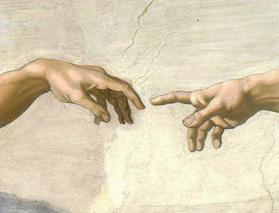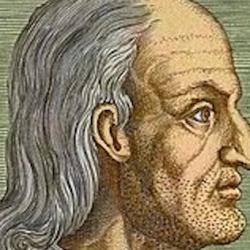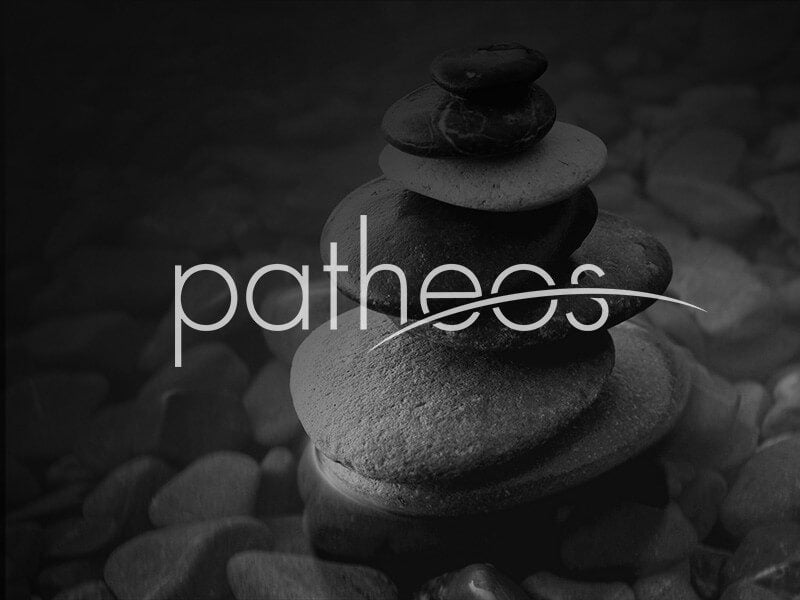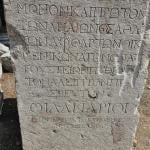In an extended review of my Delivered from the Elements of the World, Brad Littlejohn argues that I’m addicted to novelty. I write theology in which, so it seems to Brad, “newness is prized above all.” I am a Protestant primitivist yet at the same time a Protestant futurist, “somehow simultaneously putting us back in touch the original primitive Christianity even while rocketing us into the Christian future.” If I’m not actually guilty of these charges, Brad worries that I haven’t done enough to protect myself against them.
I say it with all affection (Brad is a friend and former student): Brad is one to talk. During his time at New St Andrews College, he started new clubs and organizations left and right, and wrote a book-length study of Romans 13 on the side. During his PhD studies on Hooker at Edinburgh he found time to be serve as founding editor of a new collection of volumes on the Mercersburg theology and, more recently, he has become one of the principals at the freshly formed Davenant Trust. He wears me out.
We respond though we shall be changed, Rosenstock-Huessy had it, and every day brings something new to respond do. We might try to arrest time, but we’re kicking against the way the world is. We become new because we are alive. Even in death we begin the change of decomposition. We’re rocketing into the past whether we like it or not. If Brad has forgotten that, he need only take a close look in the mirror.
Brad’s complaint is a methodological one, having to do with the relation of past and future in theological work. What role does theological work of the past play in theological work of the present? To what extent should theologians aim at novelty?
What follows isn’t the kind of treatise on old and new that answers those questions once and for all, as if such a thing were possible. Rather, I offer a few quick strokes to trace the opening of a path.
First, theologians do sometimes discover new things. In a recent book on the Song of Songs, Edmee Kingsmill said she had discovered a hidden gematria in the text. “Dodi—“my beloved,” the bride’s pet name for the bridegroom—is used twenty-six times in the poem, which is the gematria of “Yahweh.” Kingsmill thus provided some astonishing support for allegorical interpretations of the Song. She claims she’s the first ever to see it. Maybe she’s wrong. Perhaps she missed some obscure rabbi who made precisely this observation. But having noticed this, what’s Kingsmill to do? She did what every theologian would do: She published her findings to the world.
Second, Kingsmill’s example highlights the dynamic of past and future that characterizes good theology. Her observation (so far as she or I know) is novel, but it’s novelty arising from the study of very old texts. Some theologians try to stay trendy, attentive to nothing but the latest of the latest. Novelty for its own sake is, of course, foolish, not least because novelty doesn’t stand still: What seems cutting edge today is on the cutting-room floor tomorrow. My “addiction” to the future inoculates me from the comic belief that the future is a predictable extrapolation of the present.
Finally, and this is the big point: Theology reaches back into the past not to repristinate it but to find resources to edify the church of the present, which is, even while you’re reading this, rapidly becoming the church of the future. When we’re doing our jobs, theologians necessarily straddle old and new. We might reach back to Hooker or the Reformers or the scholastics, or further back to Paul, or even further to Genesis and Leviticus, but always for the sake of meeting the challenges of the moment and the perceived challenges beyond the horizon.
Brad mocks it, but reform movements in the church have always attempted to reach back and rocket forward at the same time. Whether reformers clearly recognize it or not, that’s the dynamic of reform. That’s what the nouvelle theologie did. It’s what the Reformers did, when they talked about the “sounder” scholastics and proposed the earlier medieval and apostolic church as models for their own churches. They may have thought they were simply restoring the past; what they did was draw on the past to remake the church for the future.
It’s a biblical pattern: David takes a role as a quasi-priestly king, an innovation with regard to the Mosaic order but one that takes its cues from a Melchizedekan priestly order older than Moses (Psalm 110). Paul’s critique of Torah/nomos often appeals beyond Torah to Yahweh’s promise to Abraham, and Hebrews’s warnings about returning to Judaism are framed in terms of the pre-temple order of the tabernacle.
It’s what (I assume) Brad and his friends at the Davenant Trust want to do: Bring old books back into currency to edify Christians of this and later generations.
Back of this is my conviction that Christianity is an eschatological faith. Time in Christian faith is not the persistence of the origin (which is always a supplemented origin in any case) but about the faithfulness of God, a faithfulness that will finally be demonstrated by the entire fulfillment of His promises at the end of all things. Christianity isn’t unique in having ancient origins or in having a present corporate presence. Islam and Judaism have all that. Christianity is unique because the Spirit of the age to come inhabits the church and believers, coming from the Risen Jesus to begin conforming us, even now, to what we shall be.
We are always hurtling into an uncharted future, but there are times when the darkness in the tunnel ahead becomes palpable. I believe we live in such a time. What used to be dependable (e.g., bride and groom at a wedding) is no longer so. If I’m right, then a church that adopts a steady-as-she-goes attitude won’t be able to minister effectively in the world that is taking form around us. So we reach back, taking the risk of being mistaken for primitivists, so that we can serve our Lord in a future that, dark as it is to us, is all light to Him.


